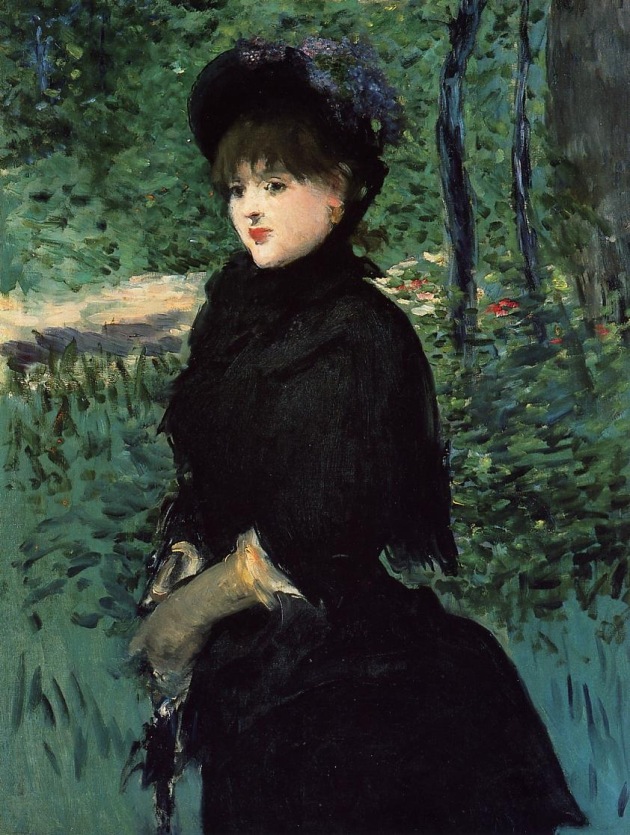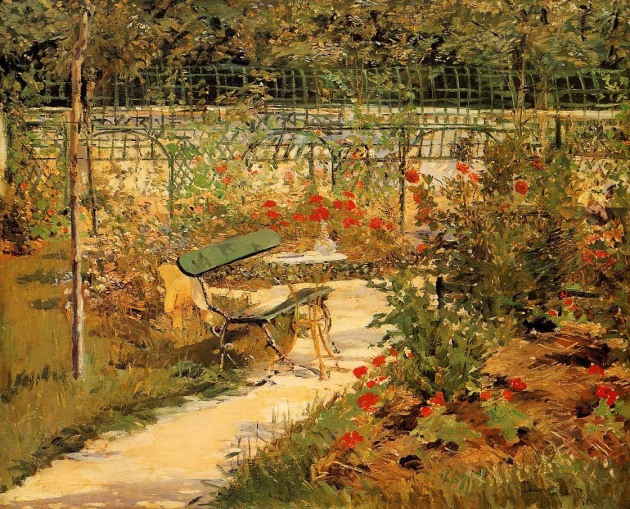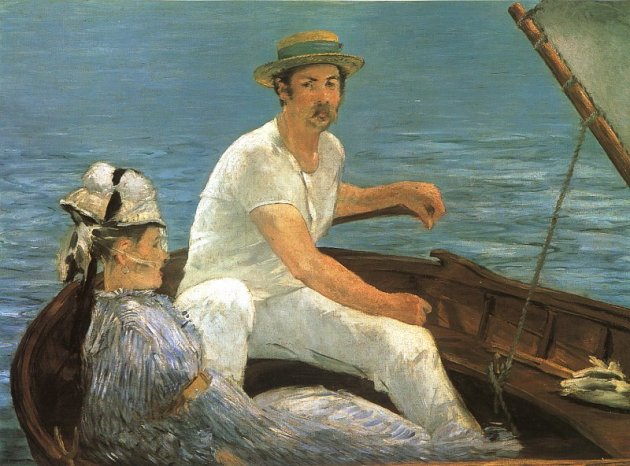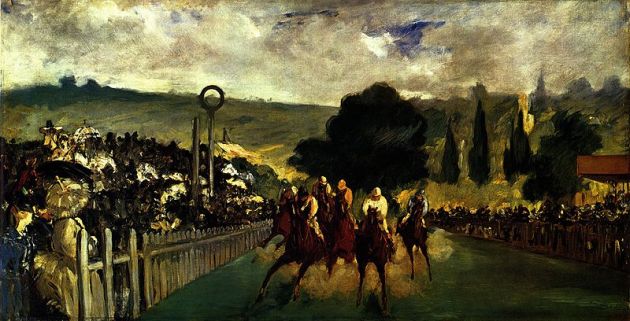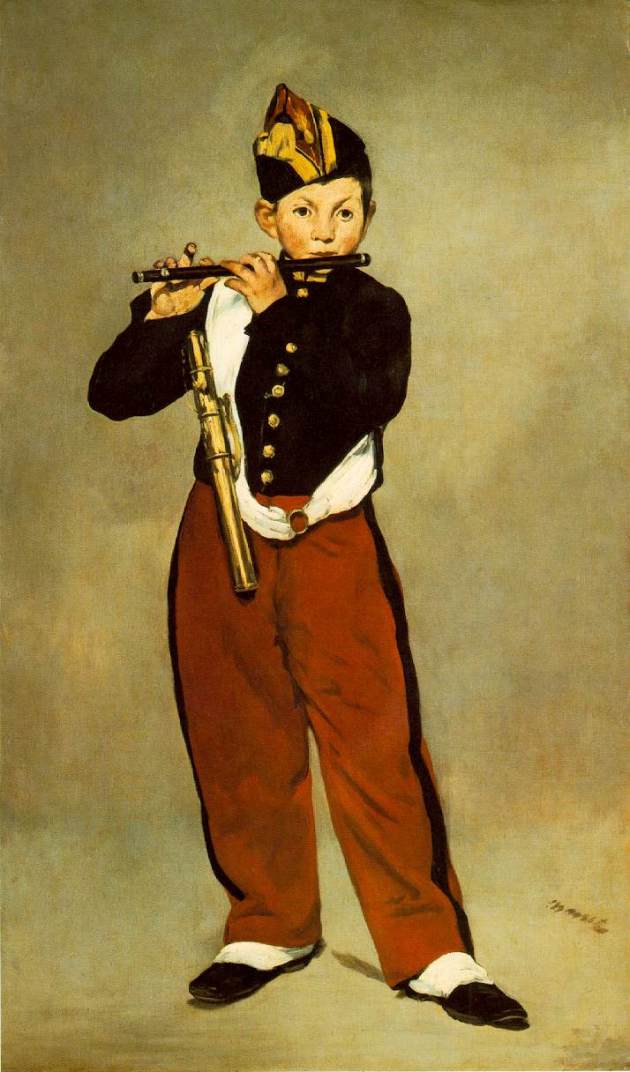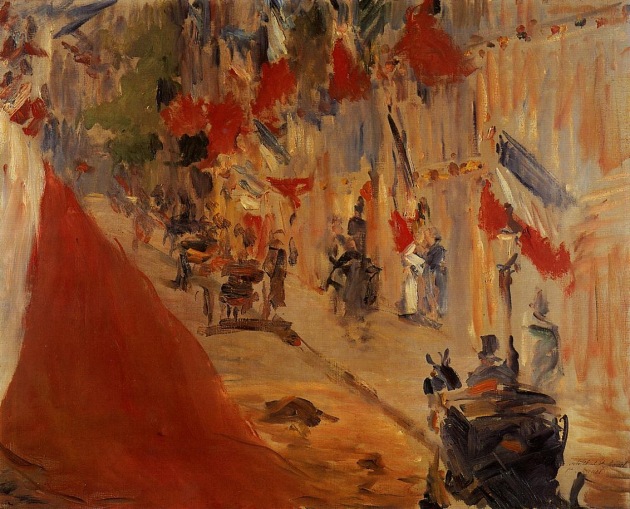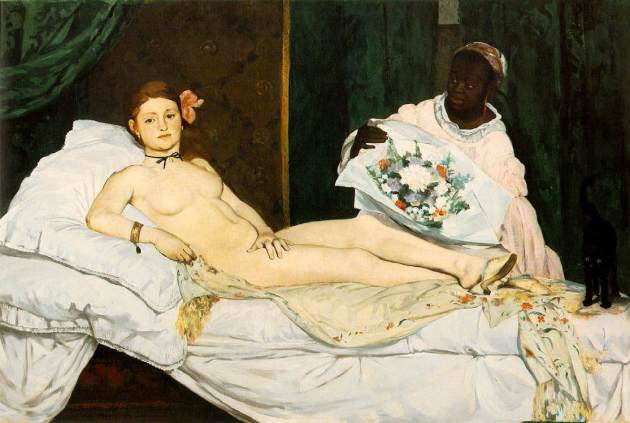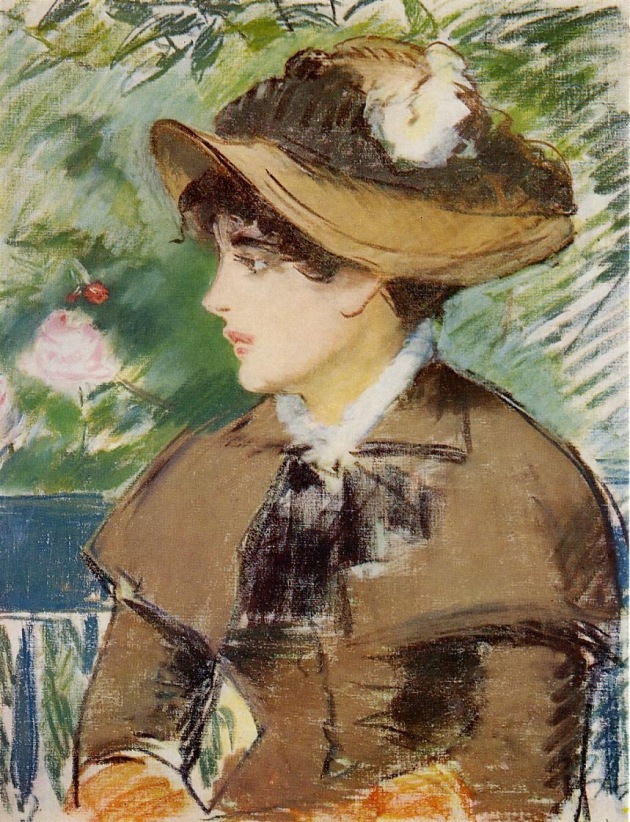
Young Girl on a Bench, Edouard Manet
Edouard Manet was born in Paris on 23 January 1832, to an affluent and well connected family. His mother, EugEnie-DesirEe Fournier, was the daughter of a diplomat and goddaughter of the Swedish crown prince, Charles Bernadotte, from whom the current Swedish monarchs are descended. His father, Auguste Manet, was a French judge who expected Edouard to pursue a career in law. His uncle, Charles Fournier, encouraged him to pursue painting and often took young Manet to the Louvre. In 1841 he enrolled at secondary school, the College Rollin. In 1845, at the advice of his uncle, Manet enrolled in a special course of drawing where he met Antonin Proust, future Minister of Fine Arts and subsequent life-long friend.
At his father’s suggestion, in 1848 he sailed on a training vessel to Rio de Janeiro. After Manet twice failed the examination to join the Navy,[2] the elder Manet relented to his son’s wishes to pursue an art education. From 1850 to 1856, Manet studied under the academic painter, Thomas Couture. In his spare time, Manet copied the old masters in the Louvre.
From 1853 to 1856 he visited Germany, Italy, and the Netherlands, during which time he absorbed the influences of the Dutch painter Frans Hals, as well as the Spanish artists, Diego Velazquez and Francisco JosE de Goya.
In 1856, Manet opened his own studio. His style in this period was characterized by loose brush strokes, simplification of details and the suppression of transitional tones. Adopting the current style of realism initiated by Gustave Courbet, he painted The Absinthe Drinker and other contemporary subjects such as beggars, singers, Gypsies, people in cafEs, and bullfights. After his early years, he rarely painted religious, mythological, or historical subjects; examples include his Christ Mocked, now in the Art Institute of Chicago, and Christ with Angels, in the Metropolitan Museum of Art, New York.
